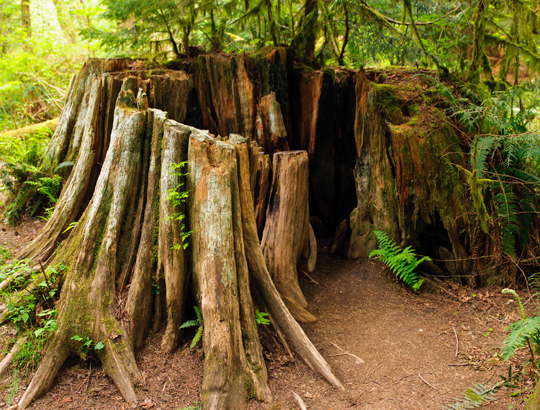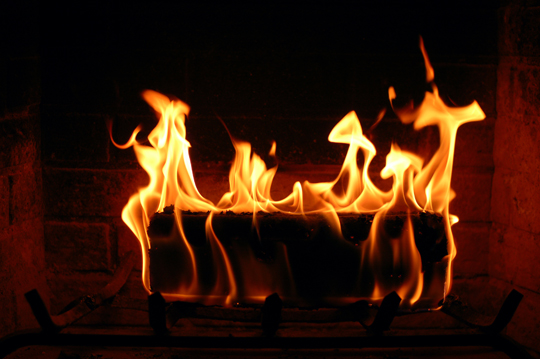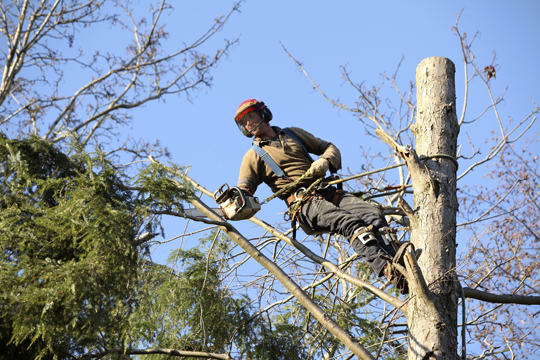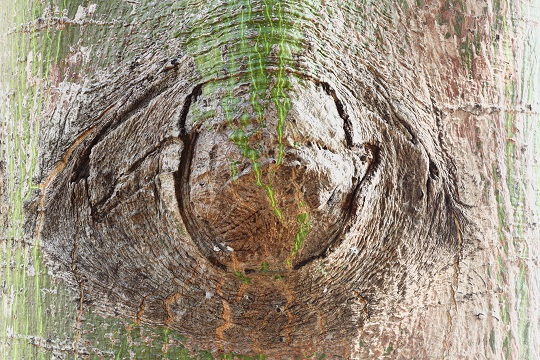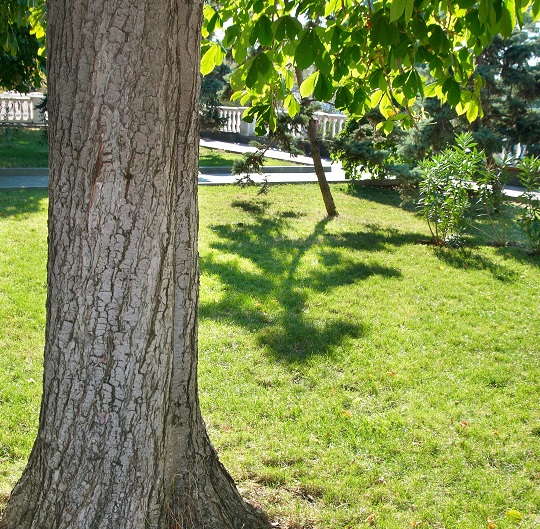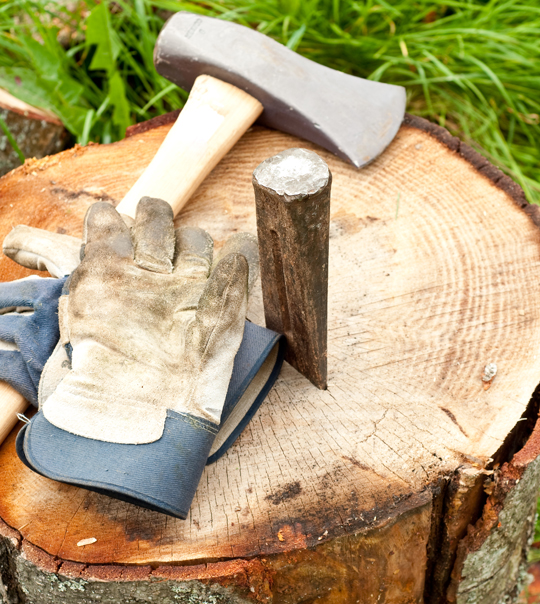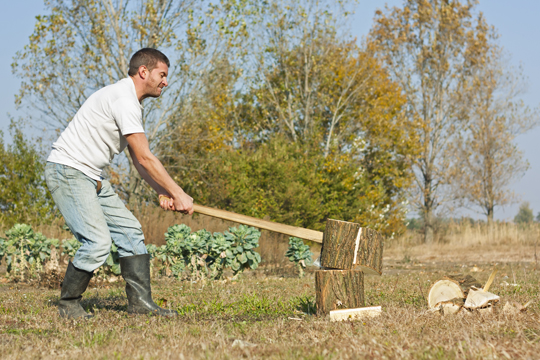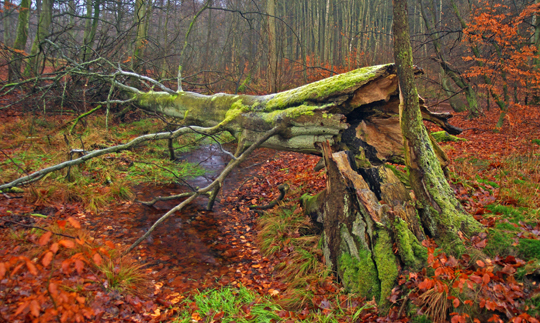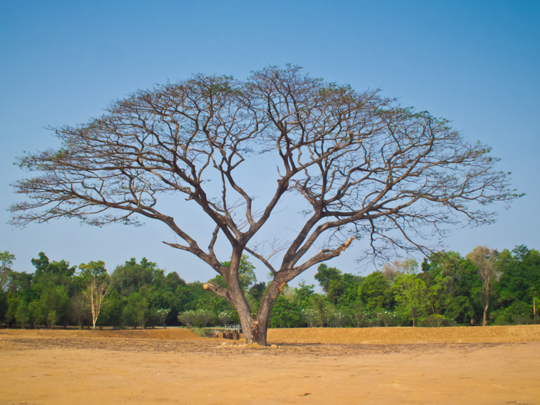Everyone loves the return of warm weather in the spring. However, for those of us on the East Coast, the rising temperatures come with something new to worry about – hurricane season starts in 6 weeks. If you live in a hurricane danger zone, it’s wise to start preparing now; readiness is the best way to ensure your safety and minimize damage to your home if a storm hits. Here are some tips to make sure you’re prepared for the worst.
Protect Yourself with Information
One of the easiest ways to stay safe during hurricane season is simply to stay well-informed of any dangers to yourself or your property. Learn the elevation level and flood-proneness of your home, and keep yourself updated on severe weather forecasts with your computer, TV, radio or smartphone.
Make an Emergency Plan
Knowing what to do in the event of a hurricane emergency can make a big difference. Make sure that you keep basic disaster supplies (water, flashlight, radio) accessible in your home. Also, make an evacuation plan with your family (set a meeting place and time) and practice it.
Hurricane-Proof Your Home
Doors, windows and other openings are the main points of failure when a building is damaged by a hurricane. Also of concern are dead or shallow-rooted trees, as well as lawn or deck fixtures that could become projectiles in strong winds. Fortunately, there’s a thriving industry of hurricane-proofing for these things. If you’re having trouble finding a hurricane-proofing contractor in your area, TalkLocal may be able to help.
Prepare for Repairs
If your home is damaged by the storm, getting everything fixed quickly is an essential part of returning to normal life. Have your local handyman’s number in your phone – if you don’t know who that is, use TalkLocal to find an available one near you.
Proper hurricane preparations start long before the storms have hit the ground but, as with all natural disasters, they can be daunting to think about. There are no shortcuts for educating yourself or keeping your family ready for an emergency, but for the pre- and post-storm housework, we’re here to help. Check out our Android/iOS apps or website to get connected to hurricane service professionals near you.

